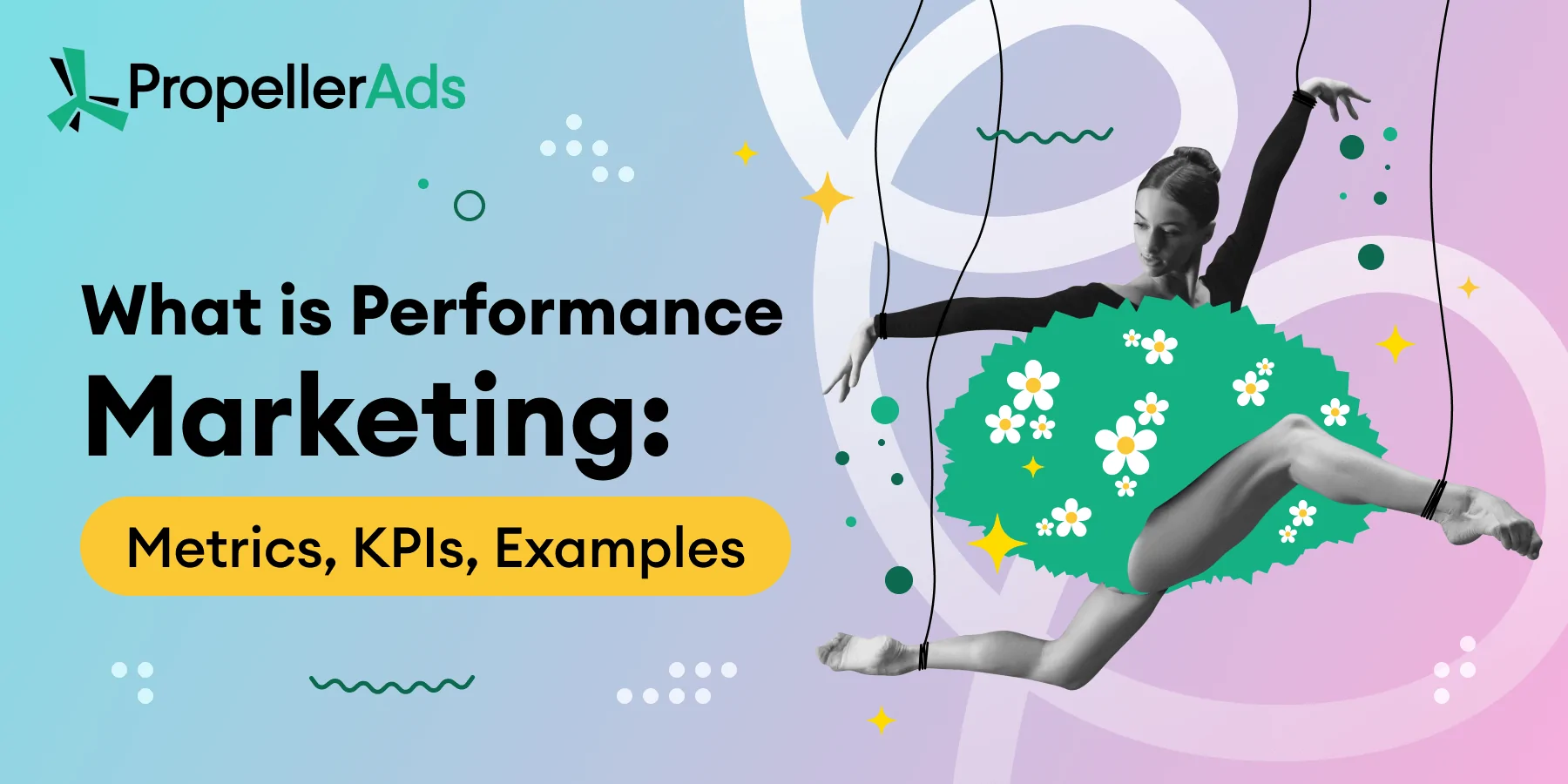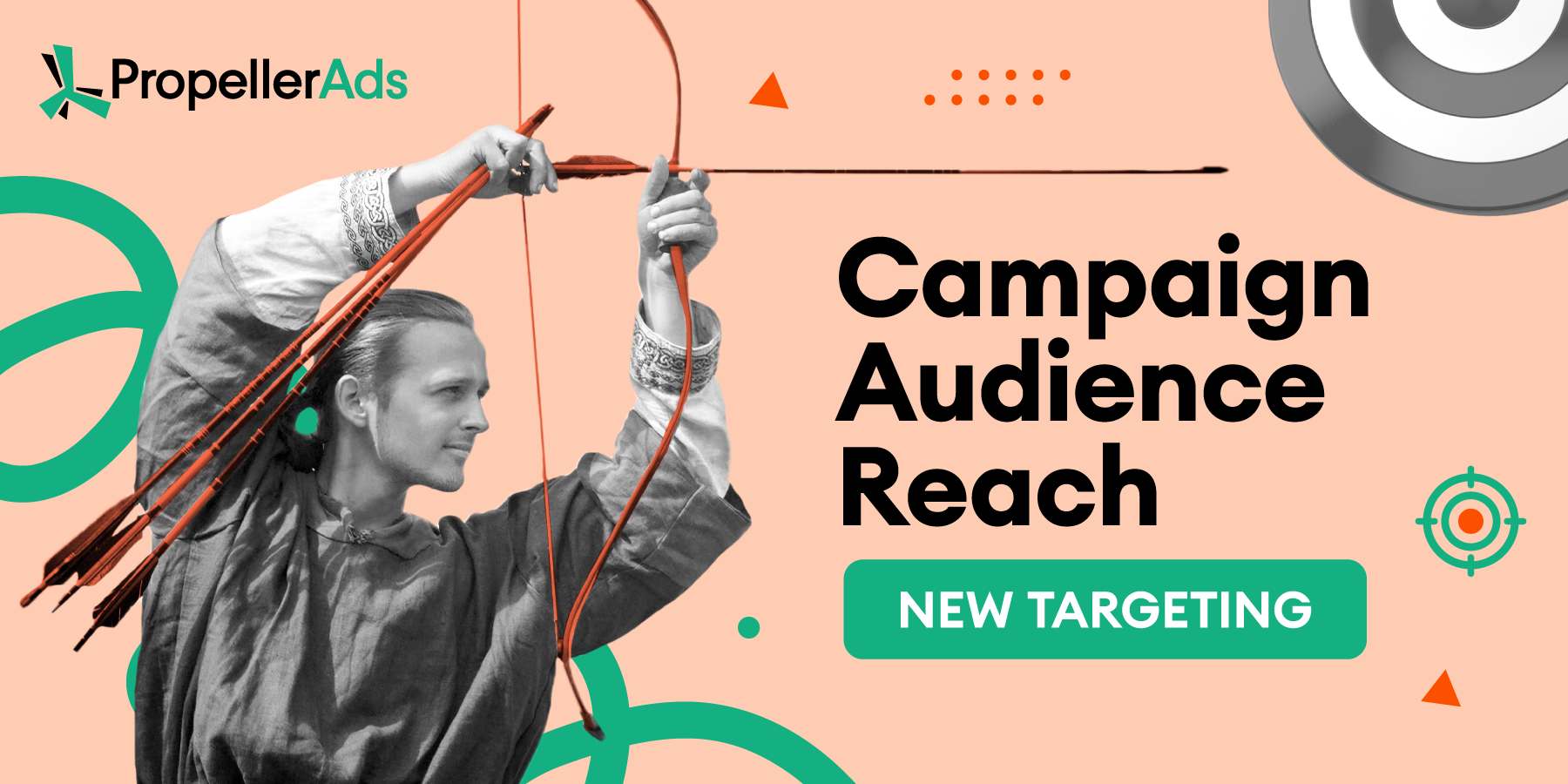Ask Media Buyers: Do I Need a Media Plan?

This post is also available in:
PT
ES
‘Do a media plan first’.
This is what you can often hear from experienced affiliate marketers –– for example, those from our Telegram chat.
However, our research shows that most beginner media buyers don’t even have a clue of what a media plan is. So, we are here for you: with the help of our brilliant partners – the real marketing pros – we created a detailed media planning guide.
What is a Media Plan?
A media plan is a strategic document that outlines how you will deliver your ads to the target audience and helps evaluate the campaign’s effectiveness.
This can involve:
-
Your campaign goal: what do you want from a campaign? A particular number of leads, brand awareness boost, certain earnings?
-
Your target audience: who do you want to attract?
-
The estimation of your campaign budget: how much you will need to pay?
-
Timing and frequency you want to allocate to your ads: how often will you show them?
And more, depending on the particular offer you are going to promote.
A ready media plan might look like a simple list of your goals like this:

Or be a more complicated and comprehensive Excel sheet where you or your team members will track the progress:

To get done with the definitions, here is how Ettore, PropellerAds partner from Tappx and an active participant in our Telegram chat, describes his understanding of the media plan:
The media plan is about the outcome you want from your campaign, then, of course, about the budget and if it is realistic for your KPIs and the platform you’re buying traffic from.
Do I Need A Media Plan?
Is there an option to skip a media planning stage and jump to more exciting things like testing creatives, optimizing campaigns, and making a profit?
Let’s ask professionals.
Here is Ettore’s stance on media plans: in his opinion, you can sometimes do without one. However, it’s only possible if you’ve actually run a similar campaign with the same product before:
– If I’m very confident about what I’m going to do, I might skip the media plan. For example, it is when I run an app that I already know, and I am very aware of its best GEOs, top converting creatives, and customer acquisition strategies. But usually, especially if the product or a campaign is totally new for me, I do a media plan. It’s essential.
Svetoslav, another PropellerAds partner, is even more judgemental on this: in his opinion, a media plan is a must for everyone –– and it won’t take really long time as you get experienced enough:
Affiliate marketing has too many people today, and the competition is insanely high. Today, you need to pick what you’re going to do carefully, and this often includes a really good media plan with your budgets, target audience, and all that. At least consider your budget: its planning can be narrowed down to just a couple of minutes when you get more experience with it. But that’s the basic key part everyone should do before starting anything.
How to Create a Media Plan?
So you began working with a new product. Or, you want to build and try some new strategy for a product you already know. What should come first in your media planning? How to define the proper budget? How to choose the right target audience?
We found out the best practices and prepared a step-by-step universal guide. This guide implies you are running PropellerAds traffic, but you can apply it for any other ad network or source.
Step 1. Set the Goal
You can’t just run a random campaign hoping for some conversions without understanding how many of them you can get and how much money you will spend. This is why you need to set the goal.
As a media buying agency, you might have a particular request from your client, which may sound like ‘1,000 installs per month’ or ‘500 installs and first deposits until April’.
Depending on your further research, you might find this goal unrealistic and adjust it according to the real figures you see.
Step 2. Market Research and Budget Planning
Now, you need to understand how widespread the product is in various GEOs. For this, you can use a SimilarWeb tool: it shows countries that give the most extensive volumes of desktop and mobile traffic for the official product website:

Ettore: I also use Google Trends sometimes, but this is not for pure campaign purposes. It might be helpful when you encounter a new customer and need to check their products’ reliability and overall popularity. Besides, it may help estimate how popular a new product might become in the near future.
Another way to estimate the budget (mainly for CPA offers): Most marketers agree that simple flows (like Single Opt-In or Cost-Per-Install) need a testing budget of about three to five times the payout. More complex flows – the ones with first deposits, for example – will require at least ten times the payout.
Step 3. Traffic Sources and Audience
Here, we figure out where we are going to buy traffic and what this traffic will be. Suppose our experience gave us a hint that the audience for our current campaign would mainly consist of male users aged 22-30. How do we attract this audience?
Our initial problem setting included PropellerAds as the traffic source, and its traffic estimator showed the biggest volumes in the Popunder traffic. Further research showed that Popunder and Push were the best-converting traffic types for a specific vertical we are going to run, so let’s fix it in our media plan.
If your campaign involves any other traffic sources, be it Facebook, Instagram, influencer marketing, or anything else, make the same estimations for them, too.
Step 4. Track and Optimize
No media plan should necessarily stay as it initially was. It’s flexible: don’t try to stick to it till the last minute if you see something going wrong. Here is a practical example from Ettore:
Let’s imagine you determined the budget on a very broad GEO –– say, the US or India, which, as we know, has a lot of traffic. Say you have a Cost-Per-Lead or Cost-Per-Install of $10, and you allocate $100 to make a test.
However, while testing, you notice that most of the placements you’re buying from have a very low spend –– so low that your $100 is not representative enough for the traffic you can buy from the platform. In this case, you need to extend that budget to have a representative sample of the traffic you’re buying. It often happens on very competitive or very large GEOs.
This is just one example of what you might want to optimize. So, the idea is to create a plan, follow it, and make adjustments on the go. Your media planning gives you an overall vision of what you will do in the initial campaign stages but can be changed over time.
If you want, you can also add your testing and optimization strategies to your plan. This will be particularly useful if you are working with a team and your colleagues need to follow the same guidelines.
Extra Tips and Lifehacks
These four steps are enough to create a working media plan –– e.g., prepare for a conscious campaign. We collected four more tips that might be much less evident –– but can make your life much easier!
Name campaigns properly
Sometimes, you have too many campaigns in your tracker. As Svetoslav puts it, a part of his media planning is having campaign names that you will easily understand.
So, the point is to refuse this:
| Campaign1139_creative_2432 |
| Campaign we[qwejq |
| SurveyExit44 |
And try this, instead:
| PropellerAds_Golden.Goose_Finance_377173_Dark.Theme_Pop_Windows_Chrome_EN |
| PropellerAds_Golden.Goose_Finance_377173_Dark.Theme_Pop_Windows_Chrome_EN |
| PropellerAds_Golden.Goose_Finance_377173_Dark.Theme_SE_Windows_Chrome_EN |
Got it? The principle is to add the traffic source, the offer source, the vertical, the offer ID, a landing type –– and then arrange some target audience details in order of segmentation. You can do it your way –– the point is to spend a couple of extra seconds on the right naming and save plenty of time on campaign filtering later.
For example, if you want to check all your Chrome campaigns, you will simply sort your tracker by Chrome and see all of them. The same is true when you want to track a particular offer, GEO, language, etc.
Collect and Use the Data
You don’t need to build every other media plan from scratch. You definitely have data from your previous campaigns –– or will have it if you are just a beginner. Don’t neglect this data!
For example, Ettore’s team buys much traffic from their ready Whitelists –– proven and checked – and includes this in their media planning, too.
Stay informed
SimilarWeb and other tools will help you with your research, but you don’t need to do this alone! Experienced media buyers’ advice: Don’t hesitate to learn more details about the offer with the help of the advertisers and CPA or ad network managers. They can give many more hints and insights than you think!
Besides, it makes sense to check the overall situation in a chosen GEO. This might dramatically change your media plan.
Svetoslav: Let’s say, for example, there’s a flood in Haiti. In this case, people would hardly like being promoted iPhone giveaways. Probably a bad example, but you get the idea, right?
Wait Until Weekend
Did you know Friday, Saturday, and Sunday are the busiest days for affiliate marketers and media buyers? If a campaign doesn’t convert fine enough, it sometimes makes sense to wait until Friday afternoon. People will be off having free time, and their work will finally stop distracting them from your offers.
If the weekend life hack didn’t work out, look for a mistake elsewhere: maybe the offer is not that good, the source doesn’t fit the offer, or your budget is too small.
Don’t Be a Statistics Junkie
Your media plan might also include how often you check your campaign results and compare them with your initial forecasts. Usually, this range varies from twice to three times a day to once in a couple of days.
Here is what Svetoslav thinks about it:
Svetoslav: Some people keep checking the statistics every five minutes: ‘Hey, what’s going on? What’s going on?’ Like they don’t have anything better to do! Well, that could be useful if you operate with very, very large budgets. But if yours is like just a couple of hundred bucks, don’t be a statistics junkie. It could be dangerous for your health, I guess.
To Sum Up
The most common view on the media plan is like this:
One should have an idea of what they’re doing but not strictly count on it so much because things change all the time. Leave some room for improvisation, depending on the results.
That’s the overall point! And now, as you are ready with your media plan, you are welcome to realize it with PropellerAds.









